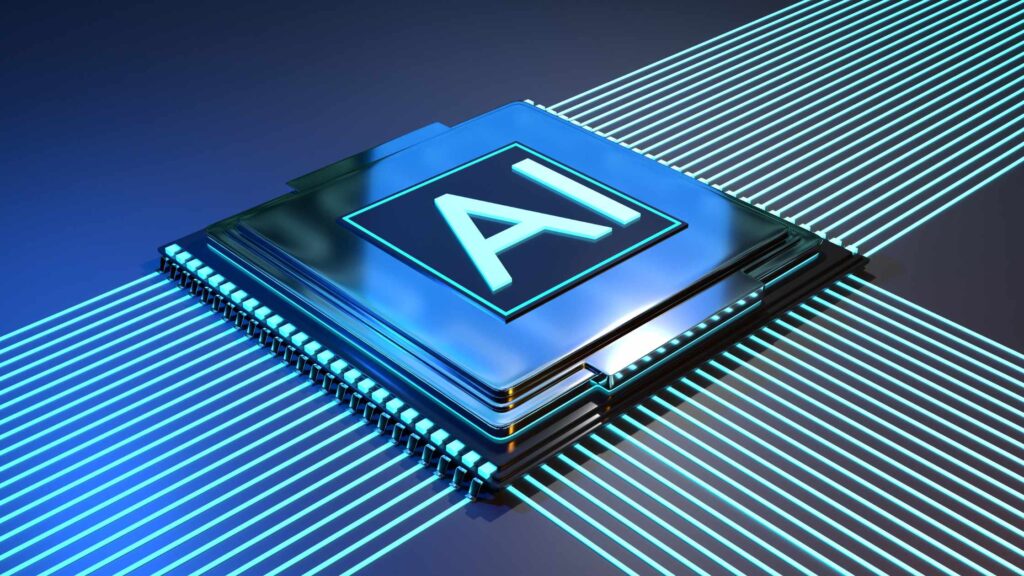Introduction
Artificial intelligence (AI) is rapidly transforming various industries, and the automotive sector is no exception. In recent years, AI has played a significant role in enhancing car safety and improving overall road conditions. From advanced driver assistance systems (ADAS) to self-driving cars, AI-powered technologies have the potential to revolutionize the way we drive.
Advanced Driver Assistance Systems (ADAS)
ADAS has become increasingly popular in modern vehicles, offering a wide range of features that enhance both safety and convenience. These systems utilize AI algorithms to analyze real-time data from various sensors, such as cameras, radars, and lidars, to assist drivers in maneuvering their vehicles safely.
Collision Avoidance
One of the key aspects of ADAS is collision avoidance. Through AI-powered object detection and tracking algorithms, the system can identify potential obstacles on the road and provide necessary warnings or even intervene to avoid collisions. This technology has already shown tremendous potential in reducing accidents caused by human error.
Lane Departure Warning and Lane-Keeping Assist
AI algorithms enable ADAS to detect and analyze lane markings, ensuring that the vehicle stays within its designated lane. Lane departure warning systems can alert the driver if they unintentionally drift out of their lane, while lane-keeping assist systems use AI to actively steer the vehicle back into the correct lane. These features not only enhance safety but also reduce the risk of accidents caused by lane deviation.
Adaptive Cruise Control
By leveraging AI, ADAS can also optimize the performance of adaptive cruise control (ACC) systems. ACC utilizes sensors to detect the distance and speed of vehicles ahead, allowing the car to automatically adjust its speed to maintain a safe following distance. The integration of AI algorithms further enhances this feature, ensuring smoother acceleration and deceleration based on real-time traffic conditions.
Autonomous Vehicles
Autonomous vehicles, also known as self-driving cars, represent the pinnacle of AI integration in the automotive industry. These vehicles are capable of navigating and operating without human input, relying on advanced AI algorithms and a multitude of sensors.
Perception and Object Recognition
AI technologies such as deep learning have been instrumental in enabling autonomous vehicles to perceive and recognize objects in their surroundings. By processing data from cameras, radars, and lidars, AI algorithms can identify pedestrians, cyclists, other vehicles, and various road infrastructure elements, allowing the vehicle to make informed decisions.
Decision-Making and Planning
The ability of autonomous vehicles to make real-time decisions and plan their routes is thanks to AI algorithms. These algorithms process vast amounts of data from sensors, GPS, and mapping systems to determine the best course of action, considering factors like traffic conditions, road regulations, and passenger preferences. AI ensures that autonomous vehicles can navigate complex scenarios and reach their destinations safely and efficiently.
Enhanced Safety
One of the primary motivations behind developing autonomous vehicles is to improve road safety. AI-powered autonomous vehicles have the potential to significantly reduce accidents caused by human error. By eliminating factors such as distraction, fatigue, and impaired judgment, AI ensures consistent and reliable driving performance, leading to a safer road environment.
Summary
Artificial intelligence has revolutionized car safety and transformed the automotive industry. Through advanced driver assistance systems (ADAS), AI enables collision avoidance, lane departure warning, and adaptive cruise control. Autonomous vehicles leverage AI algorithms for perception, decision-making, and planning, enhancing safety on the roads. As AI continues to evolve, we can expect even greater advancements in car safety and improved driving experiences for all.







